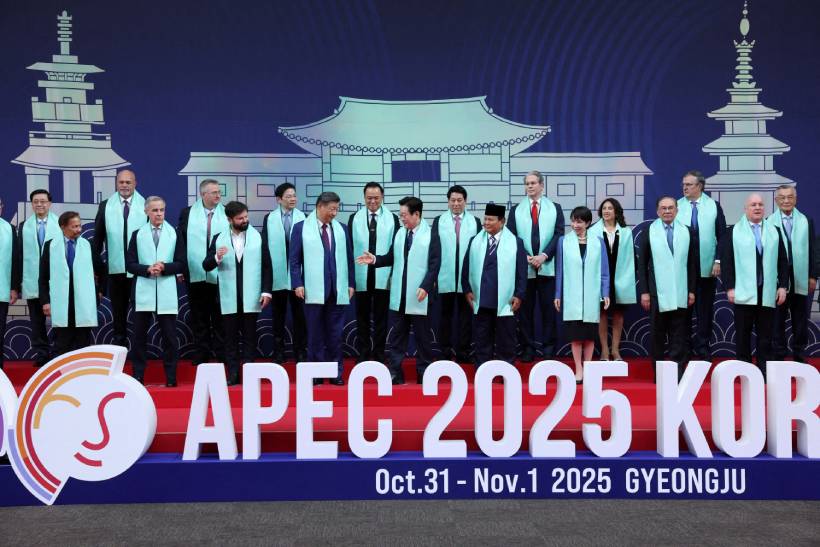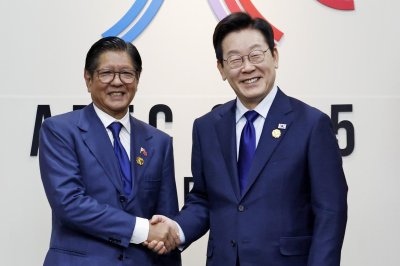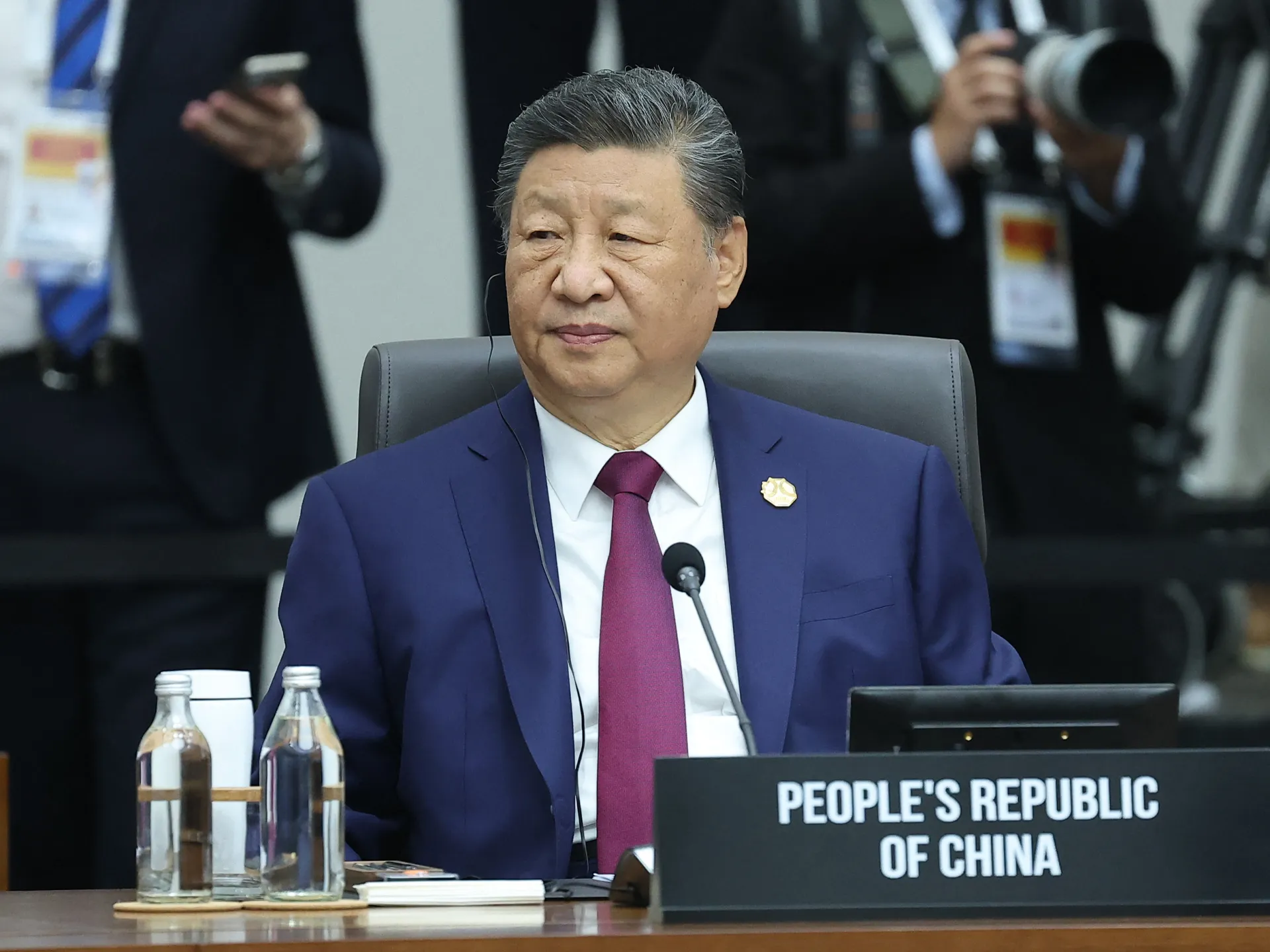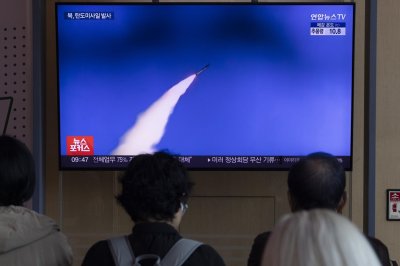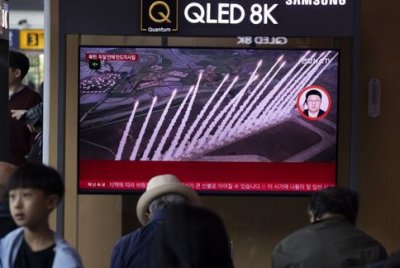Chinese President Xi Jinping has called for efforts to promote economic globalisation and multilateralism at an annual economic regional forum pointedly snubbed by United States President Donald Trump.
Xi took centre stage at the two-day Asia-Pacific Economic Cooperation (APEC) summit that began Friday in the South Korean city of Gyeongju, as Trump left the country a day earlier after reaching deals meant to ease the escalating trade war with China.
Recommended Stories
list of 3 itemsend of list
“The more turbulent the times, the more we must work together,” Xi said during the opening session. “The world is undergoing a period of rapid change, with the international situation becoming increasingly complex and volatile.”
The Chinese leader positioned his country as the defender of free trade systems that observers say are being threatened by Trump’s tariff hikes and “America first” policy.
Xi called for maintaining supply chain stability, as opposed to US efforts to decouple its supply chains from China, and expressed hopes to work with other countries to expand cooperation in green industries and clean energy.
Chinese exports of solar panels, electric vehicles and other green tech have been criticised for creating oversupplies and undercutting the domestic industries of countries it exports to.
The US president left the country before the summit, after reaching several deals with Xi meant to ease their escalating trade war. Trump described his meeting with Xi on Thursday as a roaring success, saying Beijing had agreed to allow the export of rare earth elements and to start buying US soya beans in exchange for slashing tariffs.
The US president’s decision to skip APEC, a forum that represents nearly 40 percent of the world’s population and more than half of global goods trade, fits in with his well-known disdain for big, multi-nation forums that have been traditionally used to address huge global problems, with his preference for grand spectacle one-on-one meetings that generate blanket media coverage.
Al Jazeera’s Jack Barton, reporting from Gyeongju, said Xi was “filling the vacuum left by Trump”.
While on his first visit to South Korea in 11 years, Xi is scheduled to meet South Korean President Lee Jae Myung and new Japanese Prime Minister Sanae Takaichi separately on Friday. Xi and Lee are scheduled to discuss denuclearisation on the Korean Peninsula on Saturday.
Barton said the meeting with Japan’s Takaichi would be “setting the diplomatic tone for the foreseeable future”. The Japanese prime minister is described by Chinese media as a far-right nationalist who has visited the controversial Yasukuni Shrine.
The site, dedicated to 2.5 million Japanese who died in wars beginning in the 19th century, is a political lightning rod in East Asia. Among those honoured are World War II leaders convicted as “Class A” war criminals, some of whom committed their atrocities under the Imperial Japan flag in China in the 20th century.
“South Korea and China share some of these historical issues with Japan,” Barton said. “They came out essentially saying, we’re going to put legacy issues on one side and diplomacy on another, so there is scope for a positive outcome.”
Xi also met Canadian Prime Minister Mark Carney on Friday to discuss trade. “We’re expecting perhaps the biggest substantial economic deal to come out of that meeting,” Barton said.
Leaders and other representatives from 21 Asian and Pacific Rim economies are attending the APEC meeting to discuss how to promote economic cooperation and tackle shared challenges.
The APEC region faces an array of issues, including strategic competition between the US and China, supply chain vulnerabilities, ageing populations and the effect of AI on jobs.
South Korean officials said they have been communicating with other countries to prod all 21 members to adopt a joint statement at the end of the summit, so as not to repeat the failure to issue one in 2018 in Papua New Guinea due to US-China discord over trade.
South Korean Foreign Minister Cho Hyun said last week that issuing a joint statement strongly endorsing free trade would be unlikely because of differing positions among APEC members.
Al Jazeera’s Barton said the result might be a “watered-down version”.
“The question really is, can APEC survive this age of US-China rivalry?” he added.
